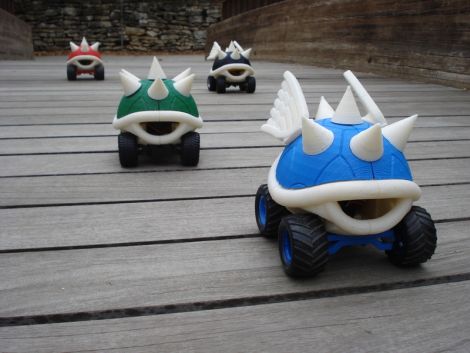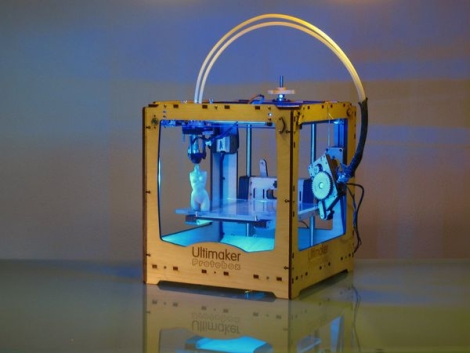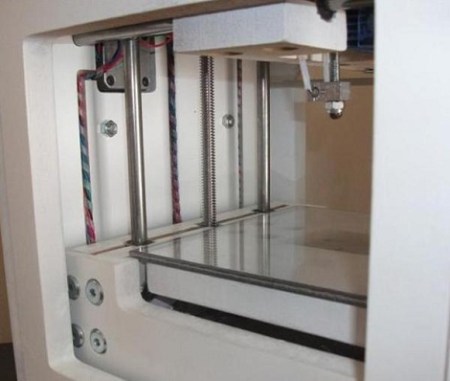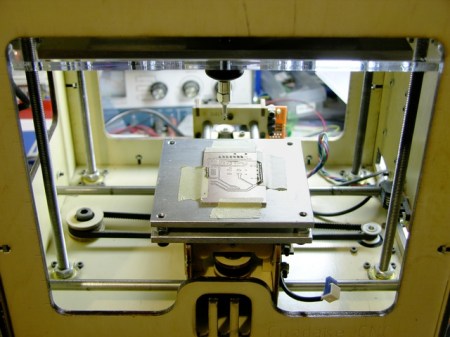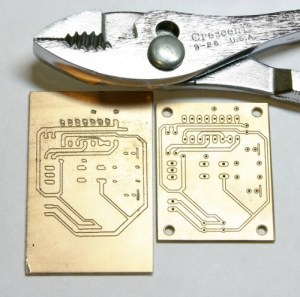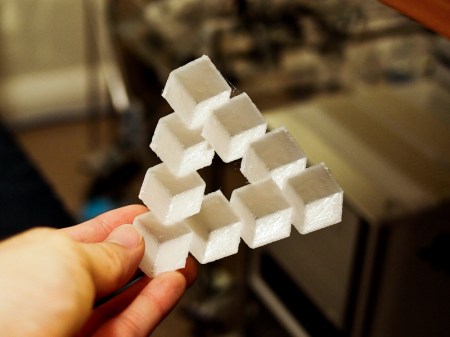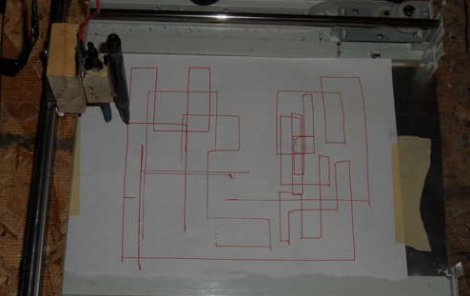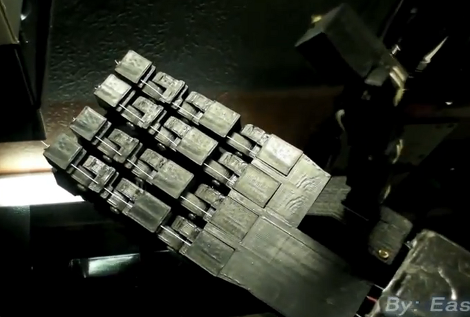
[Easton] as been working with [Jeremy Blum] to come up with the newest version of his animatronic hand. You may remember seeing [Easton’s] first animatronic hand, with which he won his regional science fair and made a trip to nations. Since then he’s been working on improvements, and with access to [Jeremy’s] Makerbot he harnessed the power of open source design to make his own printed hand, extending a different Thingiverse project.
He’s still using the original sensor glove as a controller. It sends commands to the Arduino controlling the arm via an Xbee module. From there, five servos inside a fiberglass forearm move each finger and the thumb. The video clip after the break gives [Easton] a chance to show off all of the new design features, and finishes with a demonstration of the hand grasping different objects. We had a chance to chat with him briefly. He’s got big goals for himself, aiming to design a prosthetic arm for under $1000. That’s not a career goal… he’d like to get it done this year.
Continue reading “[Easton’s] Animatronic Hand Gets 3D Printed Upgrade”

